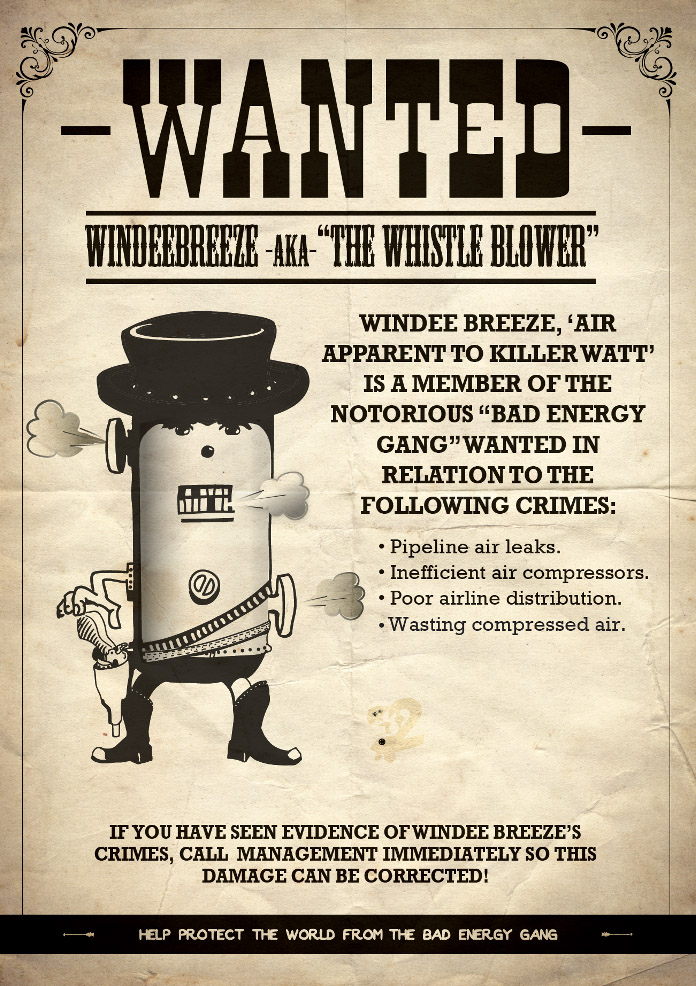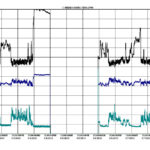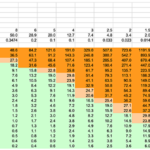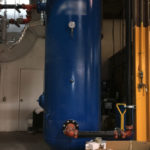 Leaks waste compressed air energy. Typically, 15% to 30% of all the compressed air produced by the air compressor never gets to the final use. A key part of managing system energy is also managing leakage. To properly manage leaks, it is important to have a management champion overseeing the leakage levels in the plant and to come up with a good leakage management strategy.
Leaks waste compressed air energy. Typically, 15% to 30% of all the compressed air produced by the air compressor never gets to the final use. A key part of managing system energy is also managing leakage. To properly manage leaks, it is important to have a management champion overseeing the leakage levels in the plant and to come up with a good leakage management strategy.
Here is what one best-practices company did to manage its leaks:
- Monthly auto-generated workorder to audit the facility (using an ultrasonic leak detector)
- Identify leak locations are with red tags, and assign responsibility to repair
- Supply lines to all equipment distribution points are hard-plumbed with shutoff valves to minimize leakage points
- Machine operators are encouraged to report leaks
- Eliminate quick couplers where possible (crimp fittings only)
- Eliminate all ratchet type hose clamps
- Better quality air lines/hoses are used by policy
- Remove leaking air tools and blow guns from service for repair/replacement (spares in stock), and
- Regularly reinforce awareness and importance with maintenance staff.
The Manager explained, “And most importantly, express extreme displeasure when leaks are not dealt with as soon as they are detected. Most are simple fixes and there is no excuse to ignore them. I expect our total facility leakage at any given time to be no greater than 50 cfm. I occasionally verify this when I am in the building during off hours.”
In maintaining these points, this company has been able to reduce its leakage to less than 10% — saving thousands of dollars per year in wasted energy. If they can do it, you can too!





Leave a Reply